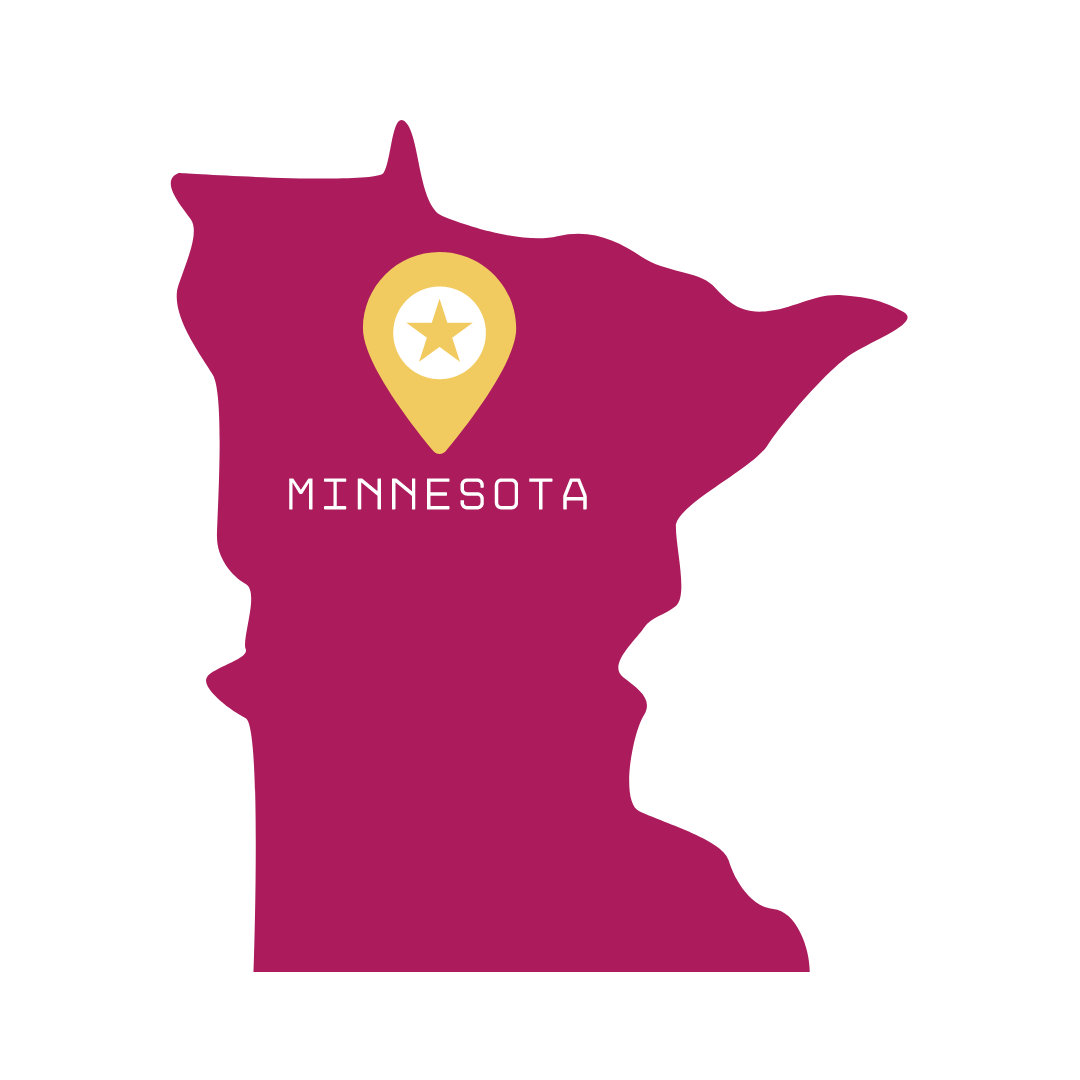In 2021, the Governor, as part of the state budget, signed legislation aimed at improving maternal and infant health and birth outcomes for BIPOC communities, rural communities, and low-income families.
Summary
Minnesota began Medicaid reimbursement for doula services in 2014. Following the enactment of SF 699, Minnesota offered Medicaid reimbursement for doula services. Each state a plan outlining its state Medicaid program. When changes are made, such a allowing reimbursement for doula services, the state must submit a state plan amendment to the Center for Medicaid and Medicare Services (CMS). Minnesota’s amendment to allow reimbursement for doula services was approved in September of 2014. As of September 2014, Minnesota was able to be reimbursed by the federal government for doula services provided under Medicaid.
To qualify for reimbursement a doula must complete a state-approved doula training and register with the state’s doula registry. The Department of Health Services (DHS) does not have a list of standards or competencies a doula must meet to be on the registry but does require a $200 registration fee ($185 application fee, $15 criminal background check fee). A doula does have to fill out a “Doula Verification Credential Form” which as to be sent to the certifying organization to confirm certification or continued certification with the organization.
In 2019, reimbursement rates were increased and the following are the Medicaid reimbursement rates for a doula:
- $47 per session fo prenatal and postpartum visits.
- Up to 6 visits total.
- $488 for labor and delivery services.
- Total of $770.
Of note, is that a Minnesota doula may not practice or bill independently. They must be supervised by a physician, nurse practitioner, or certified nurse midwife and doula services are bill by the supervising provider.
HF 33, enacted in 2021, is to address continued racial, ethnic, and economic disparities in maternal health. The bill directs the DPH to partner with patient groups and community organizations to:
- Identify barriers to midwifery and doula services.
- Promote diversity in the midwife and doula workforce.
- Explore ways to ensure midwife and doula training and education are culturally responsive.
In addition, the bill requires the DPH to periodically review the certifying organizations and lays out the process for an organization to be designated as a certifying organization (and removal of designation).
Official Resources
News Articles Related to Enacted Law
The Washington Post, The Lilly, Doula work is ‘taxing’ with little pay. Can Minnesota make it more sustainable? (March 1, 2021)
MPR News, U study finds doulas improve birth outcomes, cut costs (January 14, 2016)


